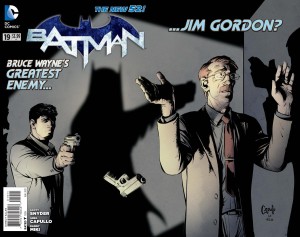 Editor’s Note: Your have eaten Gotham’s wealth. Its spoilers. From now on, none of you are safe.
Editor’s Note: Your have eaten Gotham’s wealth. Its spoilers. From now on, none of you are safe.
Is there anyone who saw the teaser for the WTF cover of Batman #19 and didn’t know pretty much automatically that it was probably Clayface impersonating Bruce Wayne? And more importantly, is there anyone in the comics reading world who really gives a tin shit about Clayface?
I mean, the concept of Clayface has been around 1940, and even after all that time, it’s not like Clayface is anybody’s idea of a classic character. Because even though there is clearly enough behind the concept of a shapeshifting supervillain to keep Clayface popping up now and again for the past 63 years, let’s face reality: there have been eight different Clayfaces since Detective Comics #40. The only reason to revamp a “classic” villain on an average of every eight years is if there is something fundamentally wrong with it.
The fact of the matter is “Clayface” is nothing but a set of powers behind a grotesque body, with next to no personality behind it. Hell, I’ve been reading Batman comics for 37 years, and I couldn’t tell you any of the Clayface’ origin stories, or what motivates them to crime as opposed to, say, looking at my dripping, earthy face and attempting suicide. Or maybe shifting into Brad Pitt and trying to impersonate myself into a better life (although if you’re old enough to remember Angelina Jolie back when she drank blood and was married to Billy Bob Thornton, you might think she’d be more into the whole monster thing).
My point is, I don’t think anyone really cares about Clayface. And Clayface is the antagonist of Batman #19. So the question is: does writer Scott Snyder finally do anything interesting with the character?
Short answer: nah. Not really.
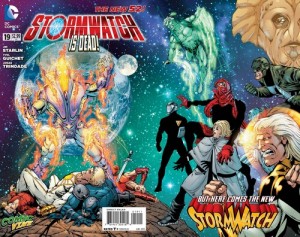
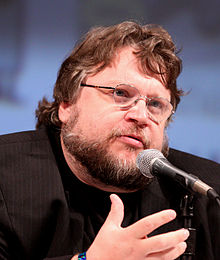
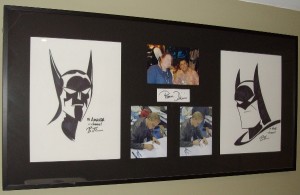
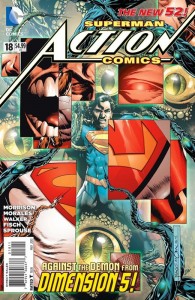
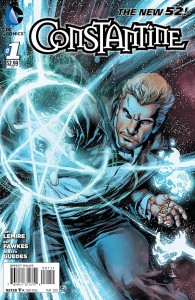
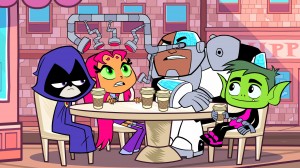
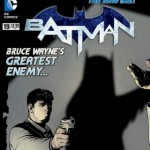
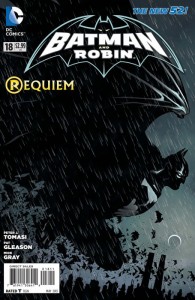
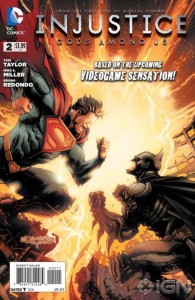
 Podcast RSS Feed
Podcast RSS Feed iTunes
iTunes Google Play
Google Play Stitcher
Stitcher TuneIn Radio
TuneIn Radio Android
Android Miro Media Player
Miro Media Player Comics Podcast Network
Comics Podcast Network